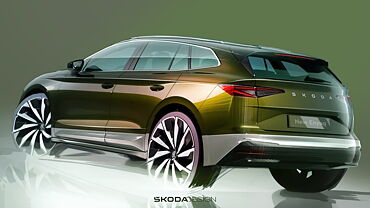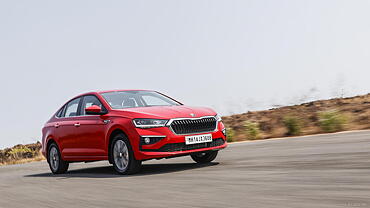
Toyota has been working on introducing a new range of engines in its upcoming vehicle line-up. The new cars based on the Toyota New Global Architecture (TNGA) platform will now feature new engines and transmissions. This is in line with Toyota’s endeavour for making their cars more efficient and fun to drive.
Toyota intends to deploy these new powertrain units in the upcoming range of vehicles, starting in 2017. The upcoming Camry will be one of the first car to receive these new engine options when it arrives in India.
Within the next five years to the end of 2021, Toyota plans to introduce 17 versions of nine engines, including the aforementioned 2.5-liter engine, 10 versions of four transmissions, including multi-geared automatic transmissions and a new kind of continuously variable transmission (CVT), and 10 versions of six hybrid systems. By the end of 2021, Toyota aims to have the new powertrain units feature in 60 per cent or more of Toyota and Lexus-brand vehicles sold in Japan, the United States, Europe and China. The same will follow suit in India as well.

Toyota has named this new line of engines as “Dynamic Force Engines”. These engines will be based on the TNGA platform. The engine in question is a 2.5-liter direct-injection, inline four-cylinder petrol unit. Toyota says the engine is worked upon to have a greater thermal efficiency, consequently putting out higher output due to reduced energy losses. The Japanese manufacturer claims the new line-up of 2.5-litre engine has the best thermal efficiency of 40 per cent in conventional form and 41 per cent in the Hybrid powertrain.

This new line of engines will be mated to all-new transmission systems. Two new automatic transmissions – an eight-speed and a 10-speed direct-shift gearboxes are developed to minimise the energy losses as well. With new manufacturing methods and materials, the gearboxes have fewer clutch torque losses than current gearboxes, along with being compact and lighter, says Toyota.

Then there is the new Toyota Hybrid System II (THS-II) which is already seen in the fourth-generation Prius but is now enhanced as well to accommodate the new 2.5-litre engines. This system is also developed for rear-wheel-drive vehicles called the Multistage THS II. The hybrid vehicles PHVs powertrain are worked upon as well, with a new dual-mode drive system. This allows the electric motor to provide direct driving, which was hitherto used only as a generator. A large capacity lithium-ion battery is also employed to increase the range to around 60km.


































